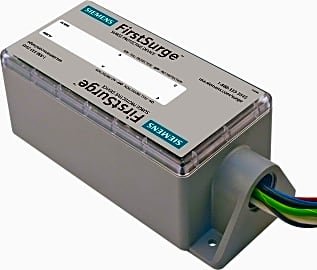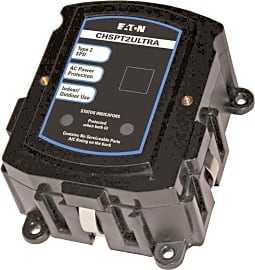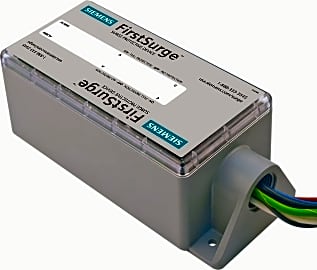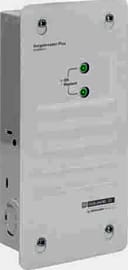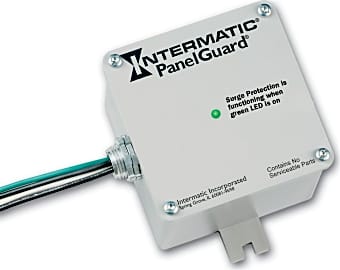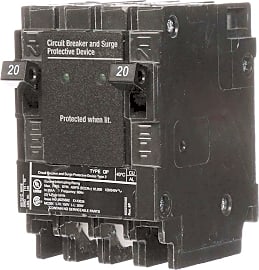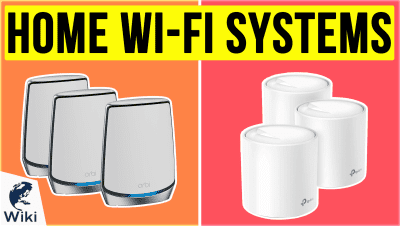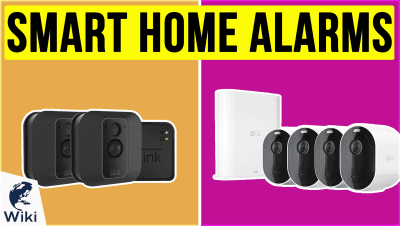The 8 Best Whole Home Surge Protectors

This wiki has been updated 24 times since it was first published in October of 2018. Considering that most homes have multiple electrical and electronic devices and appliances with sensitive components, the last thing you want is to leave all that expensive equipment vulnerable to drastic power fluctuations. Our selection of whole house surge protectors is designed to provide entry-point defense against such energy spikes, regardless of their origins. When users buy our independently chosen editorial picks, we may earn commissions to help fund the Wiki.
Editor's Notes
July 24, 2020:
For reference, there are 3 classes of SPD's(Surge Protection Devices). Type 1 or service entrance SPD's go before your main breaker and can ground large external voltage spikes. These are expensive and difficult to install, and your electrical company will usually take care of these, but industrial buildings with lightning rods often get them installed. The models which make up this list are Type 2 or whole-house surge protectors, which are installed after your circuit panel as the next entry barrier. Type 3 SPD's are surge protectors like power strips which are local to a socket, and which consumers are quite familiar with. Type 2 and 3 SPD's protect against internal surges, as well as the currents that bypass Type 1 SPD's.
I’ve made sure that all of the Type 2 SPD's in this list have LED’s and are UL certified. A lot of naive customers also end up buying a Type 2 surge protector without knowing its maximum current rating measured in kA(kiloamps), and end up praising the unit nevertheless. I would avoid buying such models even though they may seem popular, and I’ve made it a note to take out models that didn’t clearly advertise ratings, like the Panamax SEP200.
Most houses will likely never see a spike above 50kA, but it’s always worth referencing a lightning-strike density map. States west of the Rockies, as well as those that border Canada can get away with a surge protector rated at around 50kA like the Intermatic IG1240RC3 or Leviton 51120 Series, while the south-eastern seaboard from Georgia to Texas will be safer with an SPD like the Siemens FS140 or Eaton CHSPT2Ultra, both of which are rated above 100kA. Any of the states in between the aforementioned areas can get away with a model rated between 50-100kA, like the Square D HEPD80, Square D Surgebreaker Plus and Siemens FS100.
While the PEFL KVar may have surge-protection capabilities, it’s a device that primarily offers power factor correction, which can help save energy costs in buildings that use the PFC billing method. This is more applicable to industrial buildings, since residential buildings are charged for real power consumption, so I’ve taken out this model from the list.
It's good to include another layer of protection with Type 3 surge protectors on all your outlets. However, the only way to guarantee that a device won’t get affected by a surge during a lightning storm is to keep it unplugged. Also, remember that while most companies theoretically offer compensation for damaged electronics at the hands of their malfunctioning surge protectors, actually claiming for this can be difficult, so it’s always good to have a homeowner’s insurance policy that covers power surges.
November 29, 2018:
Added the Leviton 51120 Series for its 3-phase operation and integrated diagnostic capabilities. Also included the Siemens FS140 for the weather-resistant durability of its enclosure and rapid response times. The modular design of the Square D Surgebreaker Plus makes it a good choice for protecting large appliances and HVAC systems. Also added the Intermatic IG1240RC3 for its compact design and thermally-protected components. Finally, added the PEFL Kvar due to its ability to reduce energy consumption and recycle power.
Special Honors
Smart Guard by Intermatic Offering both Type 1 & 2 protection in some measure, Smart Guard is a little more comprehensive than most options the market. The whole unit is actually a wall-mountable panel box which comes with modules that can be replaced when affected. This makes it significantly easier to maintain than the old-school units which have to be hardwired into place as frequently as they get damaged. intermatic.com
Ensuring your house is properly grounded Since a surge protector is made to safely redirect excess current to the earth, it goes without saying that your device will only do its job properly if your grounding system is adequate. Simply having newer 3-pronged plugs in your household is no guarantee of this, since a handyman may have installed these outlets without ensuring that your wiring has a grounding device, so it’s a sensible idea to have a licensed electrician check. mrelectric.com


